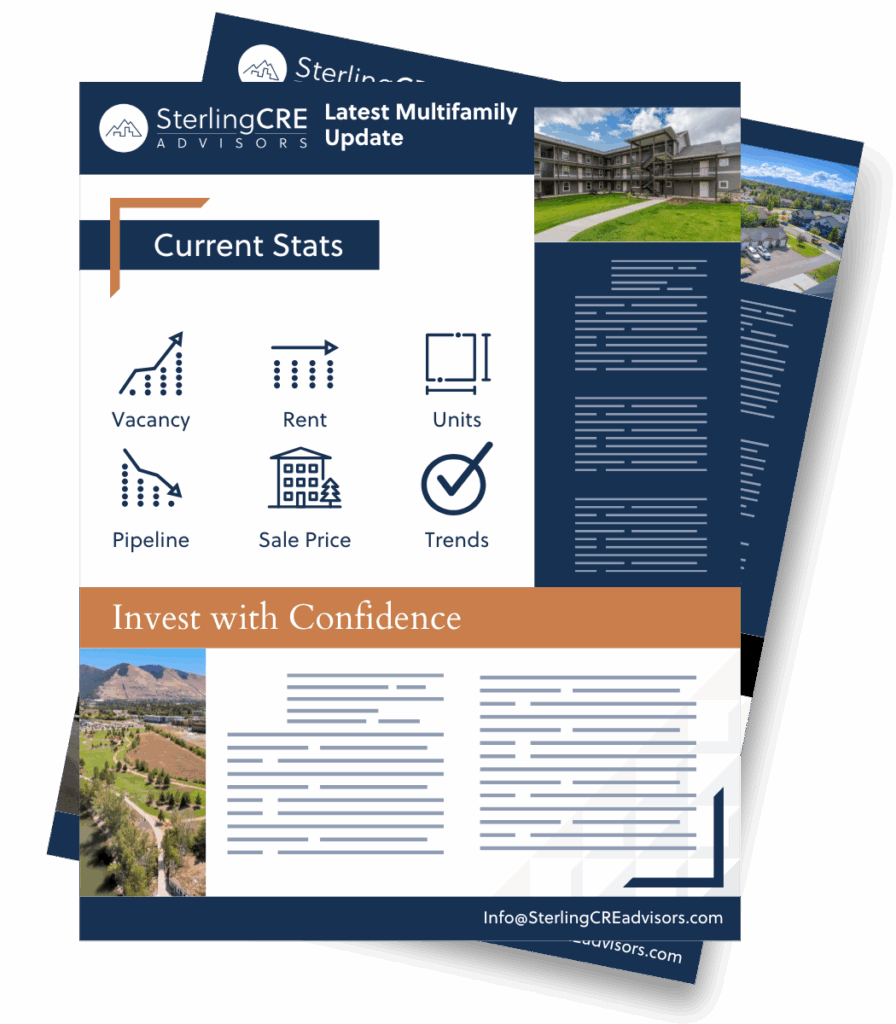When it comes to finding or expanding into commercial space, the options go well beyond the usual “buy a building” or “sign a lease.” Business owners often overlook flexible strategies that can free up capital, improve cash flow, or help secure the right property when the market is tight.
Here are a few strategies worth considering:
Sale-Leaseback
If you already own your building but want to free up capital for equipment purchases, expansion into a new market, or other investments, a sale-leaseback may be a solution. You sell your property to an investor and then lease it back under agreed terms. This allows you to stay in place while unlocking the equity tied up in your building.
Example:
Imagine a light manufacturing company in Missoula that owns its warehouse. The business wants to invest in new production equipment but doesn’t want to take on additional debt. By selling the building to an investor and leasing it back for 10 years, the owner frees up capital for growth while continuing to operate from the same location.
Investor Purchase with Lease
Sometimes the perfect space is for sale, but buying it yourself isn’t an option. In that case, an investor may be willing to acquire the property and lease it back to you, provided you can commit to a secure lease. This arrangement gets you into the right building without the upfront capital outlay of a purchase.
Example:
A local retailer in Kalispell finds an ideal storefront along Highway 93, but buying the property would strain cash flow. An investor steps in to purchase the building and leases it to the retailer under a five-year agreement. The business secures a visible location without the burden of a large down payment.
Buy and Lease Out Excess Space
Expansion doesn’t always line up neatly with available space. If a building fits your long-term needs but offers more square footage than you can use immediately, consider buying it and leasing the extra space. Tenant income can help offset carrying costs until your business grows into the full property.
Example:
A construction firm in Bozeman purchases a 12,000 SF flex building but only needs 8,000 SF today. They lease the remaining 4,000 SF to another company, using that rent to offset their mortgage until their own operations expand.
Keep in mind, though, that certain loan programs (such as SBA financing) require you to occupy a majority of the space—typically at least 51%.
Flexible Searches: For Sale or Lease
Don’t overlook properties marketed as “for sale” or “for lease.” Many owners are open to either arrangement, depending on the terms. If you like a building, make an offer—it may work out as a purchase or as a lease, even if it’s not listed that way.
Example:
A business owner in Missoula sees a property advertised for sale in Midtown but only wants to lease. They reach out through their advisor, who finds that the owner would consider a lease if the tenant commits to a multi-year term. The deal works for both sides—one secures a tenant, the other secures a great space.
The Takeaway
There’s no one-size-fits-all path to acquiring or occupying commercial space. With strategies like sale-leasebacks, investor partnerships, partial leasing, and flexible deal structures, business owners across Montana have more tools than ever to align their real estate decisions with their growth plans.
Need help evaluating your options?
SterlingCRE Advisors works with Montana business owners to structure creative, data-backed solutions for real estate challenges—whether you’re expanding, consolidating, or rethinking your footprint in Bozeman, Missoula, Kalispell, and beyond.


